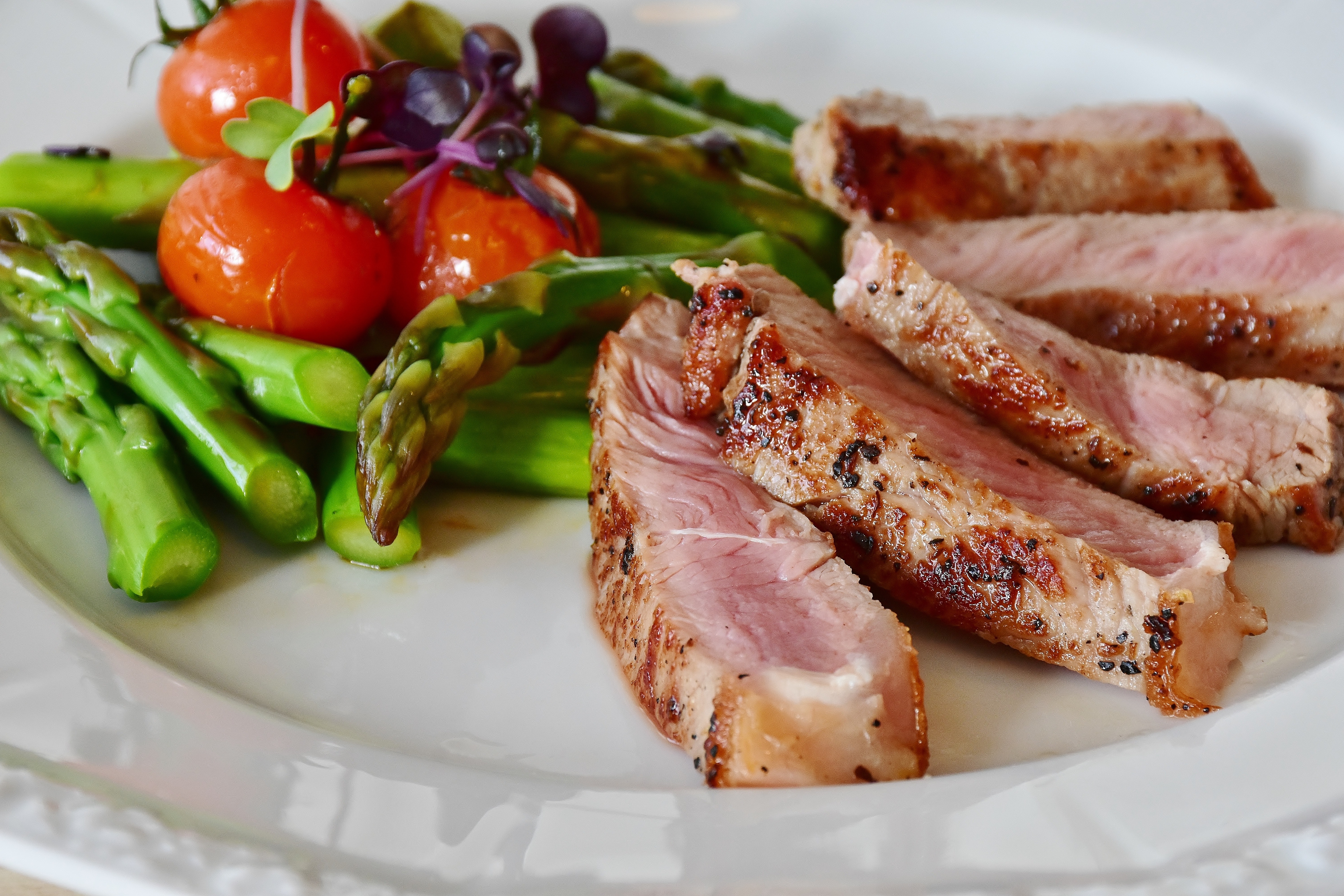Calories present themselves in many scenarios in our lives. On the back of any container or package of food at the grocery store, you’ll find the nutrition facts displaying how many calories are in a serving size of the container’s contents. After consulting with a doctor about our BMI, our doctor might ask us what our daily caloric intake is. Counting calories also includes a critical tactic most of society constantly struggles with, weight loss. Understanding how many calories are in the foods we eat is a part of our society that influences our decisions to consume types of food and quantities of foods.
Underneath the largely displayed number of calories on nutrition labels, three main categories are broken down into grams present in each serving size. The big three in a serving size of food include carbohydrates, proteins, and fats. Understanding the functions of these types of calories can aid our efforts to lower our BMI, lose weight, build lean muscle mass, and ultimately support our ability to make optimal eating decisions.
Carbohydrates are essentially sugars. We find carbohydrates in commonly consumed foods such as bread, pasta, and fruits. Depending on where we are getting our sugar sources, sugar can be harmful. However, it’s noteworthy to know our body utilizes sugars quite often. During intense physical activity, the cells in our body use sugars in our bloodstream as energy to contract muscles, which move bones. Additionally, most of our body’s cells benefit from sugar sources. After reading this article, this doesn’t mean our next meal should be a Pepsi and Snickers bar. However, suppose the body is engaging in physical activity such as exercise via a long hike, resistance training routine, or a session of pickleball with your friends. In that case, we will benefit from carbohydrate consumption because the body utilizes sugar as fuel during increased physical activity. On the other hand, consuming too many carbohydrates over the rate at which our body can use them as energy encourages our fat cells to absorb excess sugar. This means the fat cells will store the sugars as subcutaneous fat forms and grow in size.
Proteins are the building blocks of structurally supporting connective tissue cells, such as our bones, ligaments, tendons, muscles, and skin. By consuming adequate protein, the cells present within these structurally supportive areas of our body are supplied with protein to aid in the regions that might need repair. Foods like meats, fish, tofu, nuts, eggs, beans, and Greek yogurt are optimal protein sources. Following a bout of rigorous exercise, our bodies become stressed, and our muscles develop microscopic tears. By eating a meal with an optimal source of protein, our damaged muscle cells will harness this protein and use it to rebuild damaged sites of muscle to become bigger and stronger.
Fats are present in many foods, mainly meats and oils. Beef, chicken, and pork contain fats along with the protein present in them. Other prominent foods in our diet comprised primarily of fat are butter, milk, eggs, cheese, and cooking oils. Fats get a bad reputation because the image of extra fat under our skin might not be the most enticing. Our body often utilizes fat as a fuel source at low activity levels. When our body operates during times of low energy expenditures, such as sitting down or leisurely walking, our body breaks down fats to convert them to carbohydrates, which we use as energy. Once again, this doesn’t mean we should fill our fridges with cubes of butter. However, determining what types of healthy fats should be present in your everyday diets helps create healthy eating decisions.
“You are what you eat” is an accurate statement. If we consume calories from suboptimal choices, our body will look and feel that way. Regularly eating items such as Big Macs, burritos, or Panda Express’ orange chicken will make us look and feel like the calories present in those foods. On the other hand, regularly eating lean cuts of beef, chicken, fish, tofu, veggies, and raw nuts influences our body to look and feel like we consume those foods. Take some time to understand what calories are present in our foods to reinforce healthy and balanced dietary habits.
Sean McCawley, the founder and owner of Napa Tenacious Fitness in Napa, CA, welcomes questions and comments. Reach him at 707-287-2727, napatenacious@gmail.com, or visit the website napatenaciousfitness.com.

